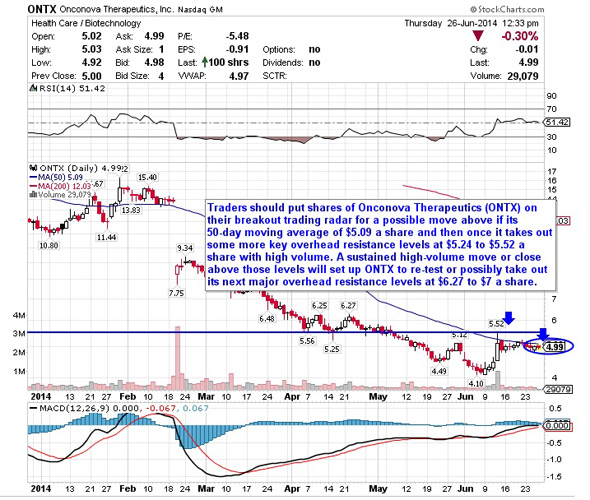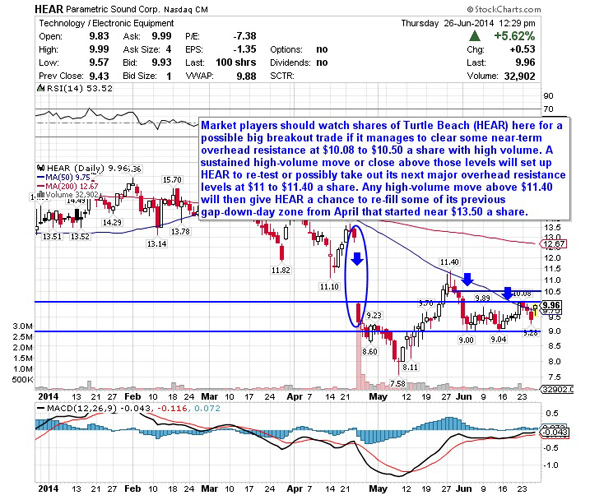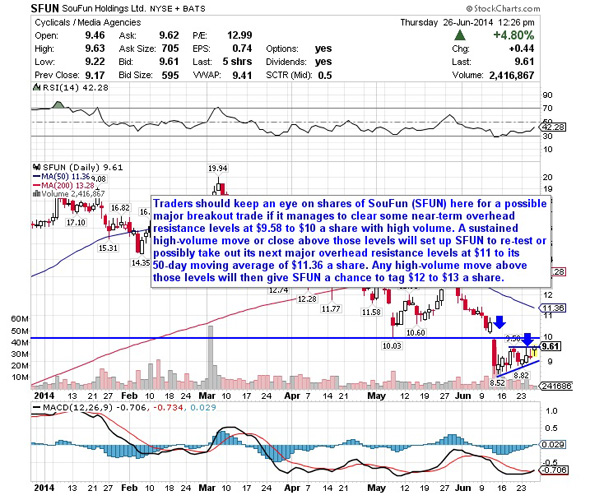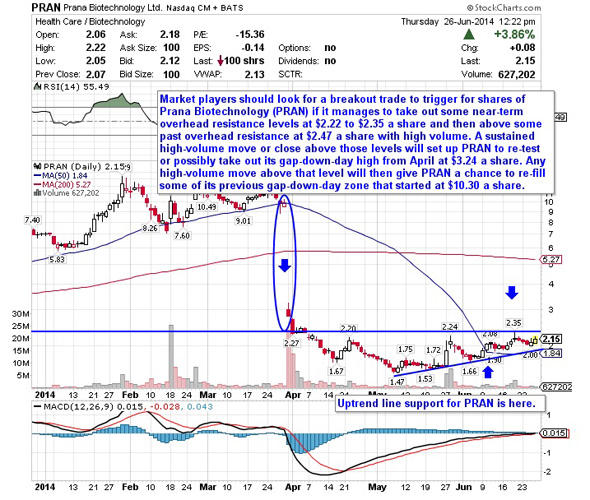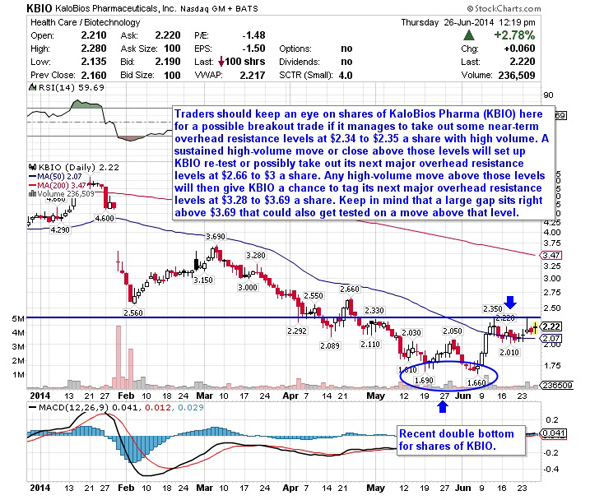Alcoa (AA) has appreciated 13% so far this year, despite not so impressive quarterly results. But the conditions in the aluminum industry look bright, which is why Alcoa can continue doing well despite headwinds in the short run. In this article, we will take a closer look at Alcoa's prospects and see why it is a solid long-term investment.
Positive industry trends
Alcoa has managed to reposition its value-added business that makes up approximately 57% of its total revenue and derives nearly 80% of the segment profits as it has reduced its cost base drastically. Besides, the company is expected to improve its margins significantly as demand for both sheet and brazing sheet for heat exchangers is rising, and a lower cost model will certainly become accretive for the company. Moreover, the company will also benefit from improving economies in the U.S and Europe that will drive its industrial volume.
In addition, global aluminum demand is estimated to grow at 7% this year. Demand in China is expected to grow at a healthy rate of 10%, which is slightly lower than 12% in 2013. In the rest of the world, North American demand has been estimated to grow at 5%, fueled by increased automotive consumption.
Meanwhile, aluminum demand in Europe is expected to grow this year. Also, aluminum demand in emerging countries like Brazil, Russia, and India is quite strong, as it is growing at a reasonable rate of 6%, 5%, and 7%, respectively. Brazil, in particular, is showing good prospects with construction for the 2016 Olympics and this year's FIFA World Cup.
Apart from this, the company is also expected to benefit from the new capacity that has been brought online. Its Worsley and Yarwun refinery expansions should compliment its sales along with its recently launched online refinery services in Saudi Arabia and accelerated production in India.
Separately, the MENA region and India are lined up for new expansion of 1.4 million metric tons that will add value to its overall production. However, there is substantial amount of execution risk in India due to uncertain coal spot prices that might hurt its sales this year. Also, the aerospace industry, with a projected growth rate of 7% to 8%, will be a key driver for Alcoa this year. Boeing (BA) and Airbus now have a combined backlog of over 10,000 aircrafts, which is about eight years of production. Hence, this backlog means that aluminum demand should remain strong in the long run.
Strong demand ahead
Besides, the company has witnessed a strong demand in the aerospace sector with Boeing receiving the single-largest commercial order of $56 billion for 150 Boeing 777X from Emirates. Also, Airbus landed a deal of $20 billion for 50 A380s, from Emirates should enhance its sales. Alcoa is also expecting demand for cargo to grow at 6% from 5.3% last year.
The picture in the aerospace segment looks quite impressive, with growth being supported by a spur in demand from other segments like a 19.5% increase in regional jets and a 10% increase in business jets. Moreover, demand from the military for Joint Strike Fighter, the F-35, the KC-46 tanker, and the V-22 Osprey is an additional advantage.
Alcoa can also do well in the automotive sector, as demand for passenger cars is increasing. Also, auto sales in the U.S. are expected to grow to 16 million units this year. The existing cars have an average age of 11.4 years, which is well ahead of the historic average of around 9.4 years. This is driving growth in the country, and could lead to higher demand for aluminum used in vehicles.
Also, the commercial building and construction segment is expected to grow strongly in 2014 by around 3% to 4%, backed by a 19% increase in housing starts, and a 11.5% jump in non-residential contracts. All these should help drive its long-term growth.
Conclusion
This impressive outlook suggests that Alcoa is on the right track and the continuous rise in aluminum demand makes it more promising. The increase in auto sales, upswing in construction activity, and the backlog of key aerospace companies could help Alcoa return to growth soon. As such, investors should continue holding Alcoa as its long-term prospects look promising.
| Currently 1.00/512345 Rating: 1.0/5 (1 vote) | Voters: |

Subscribe via Email

Subscribe RSS Comments Please leave your comment:
More GuruFocus Links
| Latest Guru Picks | Value Strategies |
| Warren Buffett Portfolio | Ben Graham Net-Net |
| Real Time Picks | Buffett-Munger Screener |
| Aggregated Portfolio | Undervalued Predictable |
| ETFs, Options | Low P/S Companies |
| Insider Trends | 10-Year Financials |
| 52-Week Lows | Interactive Charts |
| Model Portfolios | DCF Calculator |
RSS Feed  | Monthly Newsletters |
| The All-In-One Screener | Portfolio Tracking Tool |

MORE GURUFOCUS LINKS
| Latest Guru Picks | Value Strategies |
| Warren Buffett Portfolio | Ben Graham Net-Net |
| Real Time Picks | Buffett-Munger Screener |
| Aggregated Portfolio | Undervalued Predictable |
| ETFs, Options | Low P/S Companies |
| Insider Trends | 10-Year Financials |
| 52-Week Lows | Interactive Charts |
| Model Portfolios | DCF Calculator |
RSS Feed  | Monthly Newsletters |
| The All-In-One Screener | Portfolio Tracking Tool |
AA STOCK PRICE CHART

14.43 (1y: +86%) $(function(){var seriesOptions=[],yAxisOptions=[],name='AA',display='';Highcharts.setOptions({global:{useUTC:true}});var d=new Date();$current_day=d.getDay();if($current_day==5||$current_day==0||$current_day==6){day=4;}else{day=7;} seriesOptions[0]={id:name,animation:false,color:'#4572A7',lineWidth:1,name:name.toUpperCase()+' stock price',threshold:null,data:[[1372222800000,7.75],[1372309200000,7.87],[1372395600000,7.82],[1372654800000,7.86],[1372741200000,7.8],[1372827600000,7.71],[1373000400000,7.81],[1373259600000,7.92],[1373346000000,7.91],[1373432400000,7.92],[1373518800000,8.1],[1373605200000,8.1],[1373864400000,8.17],[1373950800000,8.11],[1374037200000,8.19],[1374123600000,8.21],[1374210000000,8.07],[1374469200000,8.12],[1374555600000,8.14],[1374642000000,8.05],[1374728400000,8.03],[1374814800000,8.07],[1375074000000,8.04],[1375160400000,8.03],[1375246800000,7.95],[1375333200000,7.95],[1375419600000,7.97],[1375678800000,8],[1375765200000,7.91],[1375851600000,7.79],[1375938000000,7.91],[1376024400000,8.22],[1376283600000,8.26],[1376370000000,8.15],[1376456400000,8.16],[1376542800000,8.16],[1376629200000,8.12],[1376888400000,7.94],[1376974800000,8],[1377061200000,7.84],[1377147600000,8.03],[1377234000000,8.05],[1377493200000,8.06],[1377579600000,7.915],[1377666000000,7.93],[1377752400000,7.81],[1377838800000,7.7],[1378184400000,7.72],[1378270800000,7.84],[1378357200000,7.87],[1378443600000,7.92],[1378702800000,8.08],[1378789200000,8.055],[1378875600000,8.19],[1378962000000,8.16],[1379048400000,8.08],[1379307600000,8.1],[1379394000000,8.26],[1379480400000,8.555],[1379566800000,8.44],[1379653200000,8.29],[1379912400000,8.28],[1379998800000,8.3],[1380085200000,8.33],[1380171600000,8.27],[1380258000000,8.2],[1380517200000,8.12],[1380603600000,8.17],[1380690000000,8.02],[1380776400000,7.86],[1380862800000,7.96],[1381122000000,7.97],[1381208400000,7.94],[1381294800000,8.1],[1381381200000,8.35],[1381467600000,8.32],[1381726800000,8.45],[1381813200000,8.38],[1381899600000,8.53],[1381986000000,8.59],[1382072400000,8.63],[1382331600000,8.6],[1382418000000,9.36],[1382504400000,9.27],[1382590800000,9.25],[1382677200000,9.24],[1382936400000,9.56],[1383022800000,9.54],[1383109200000,9.46],[1383195600000,9.27],[1383282000000,9.27],[138354480! 0000,9.92],[1383631200000,9.78],[1383717600000,9.66],[1383804000000,8.95],[1383890400000,9.06],[1384149600000,9.03],[1384236000000,8.92],[1384322400000,8.99],[1384408800000,8.98],[1384495200000,9.03],[1384754400000,8.95],[1384840800000,9.13],[1384927200000,9.05],[1385013600000,9.12],[1385100000000,9.24],[1385359200000,9.59],[1385445600000,9.65],[1385532000000,9.64],[1385704800000,9.61],[1385964000000,9.55],[1386050400000,9.42],[1386136800000,9.36],[1386223200000,9.35],[1386309600000,9.36],[1386568800000,9.48],[1386655200000,9.56],[1386741600000,9.34],[1386828000000,9.37],[1386914400000,9.51],[1387173600000,9.57],[1387260000000,9.7],[1387346400000,9.83],[1387432800000,9.97],[1387519200000,9.94],[1387778400000,10.13],[1387864800000,10.36],[1388037600000,10.43],[1388124000000,10.69],[1388383200000,10.53],[1388469600000,10.63],[1388642400000,1
